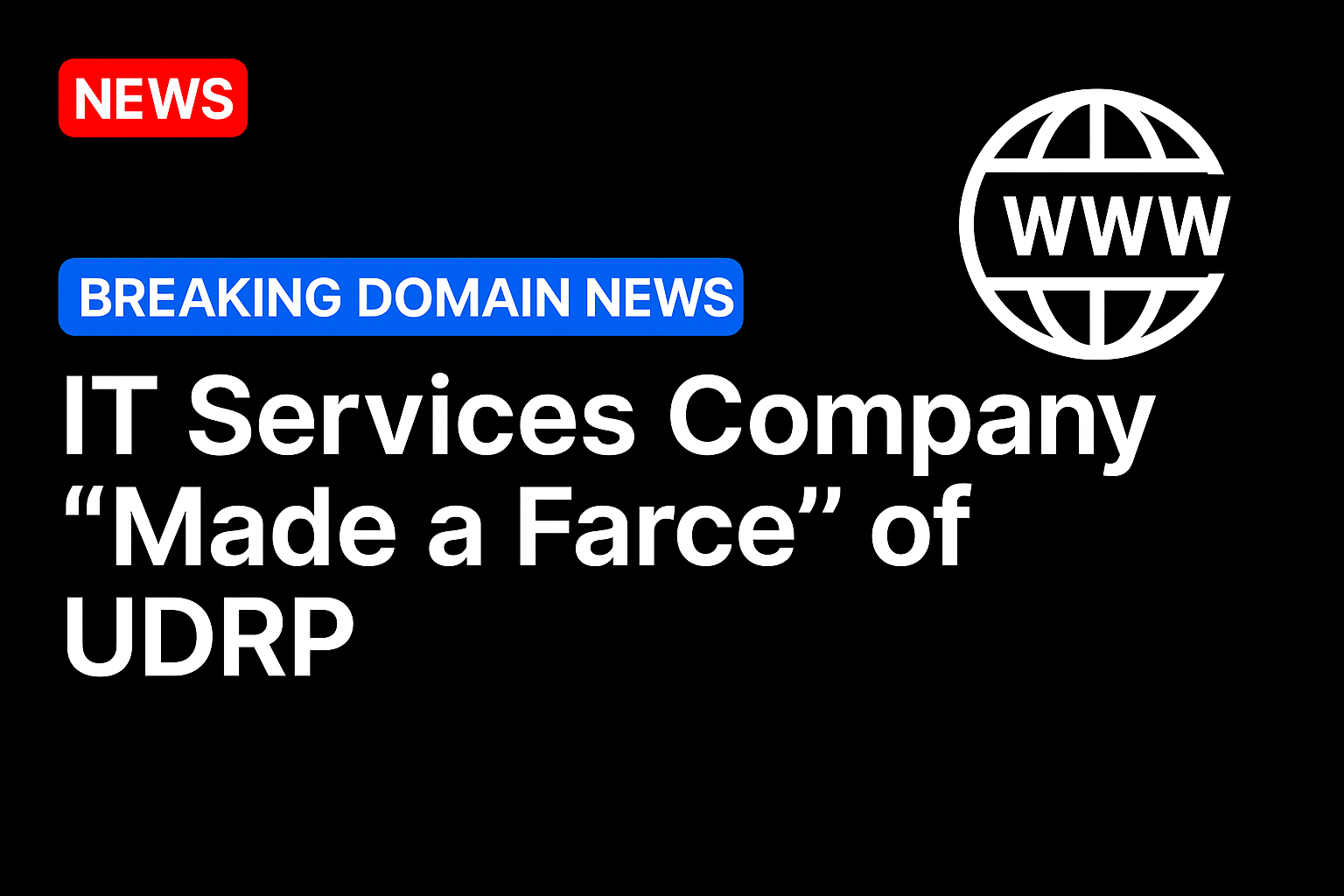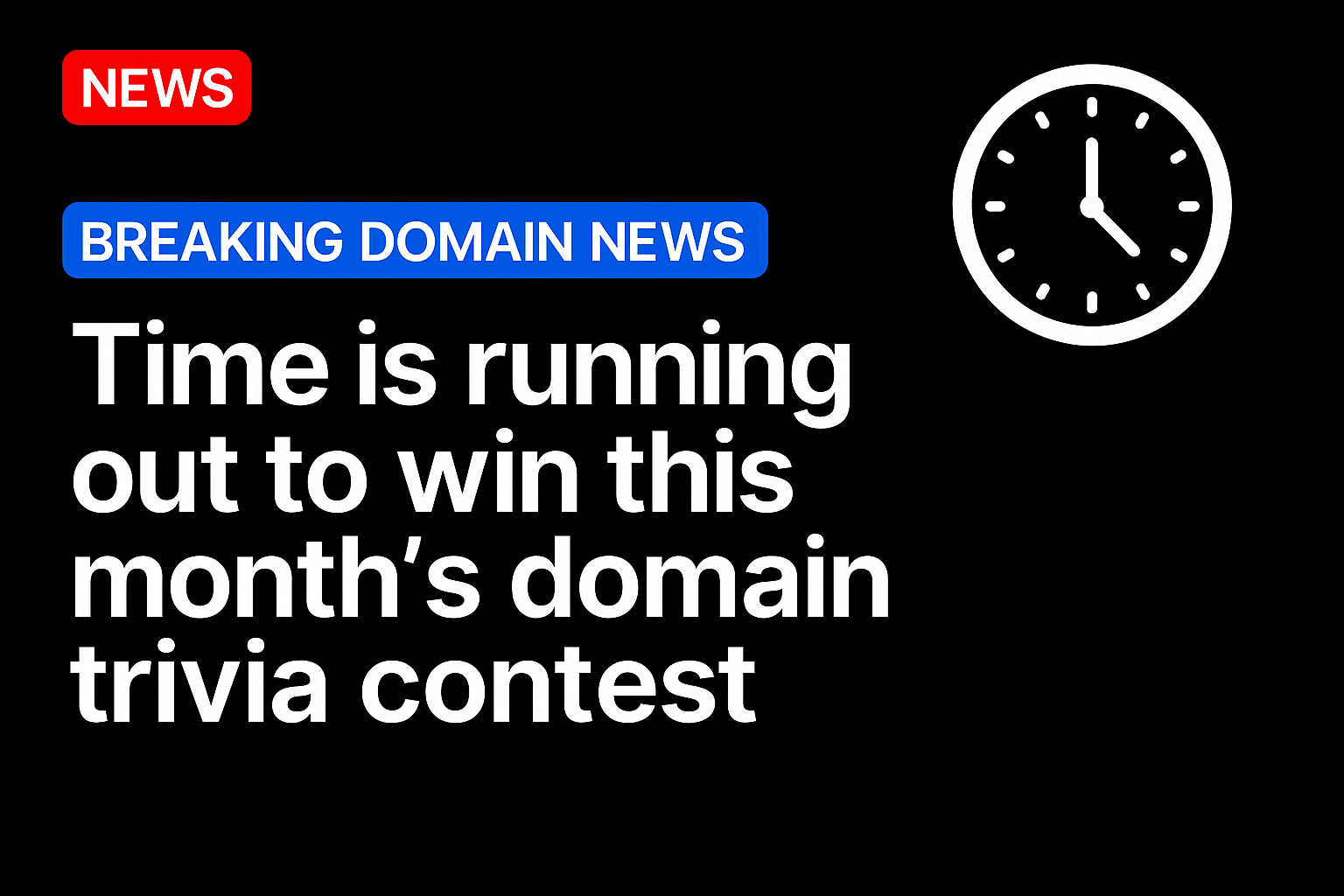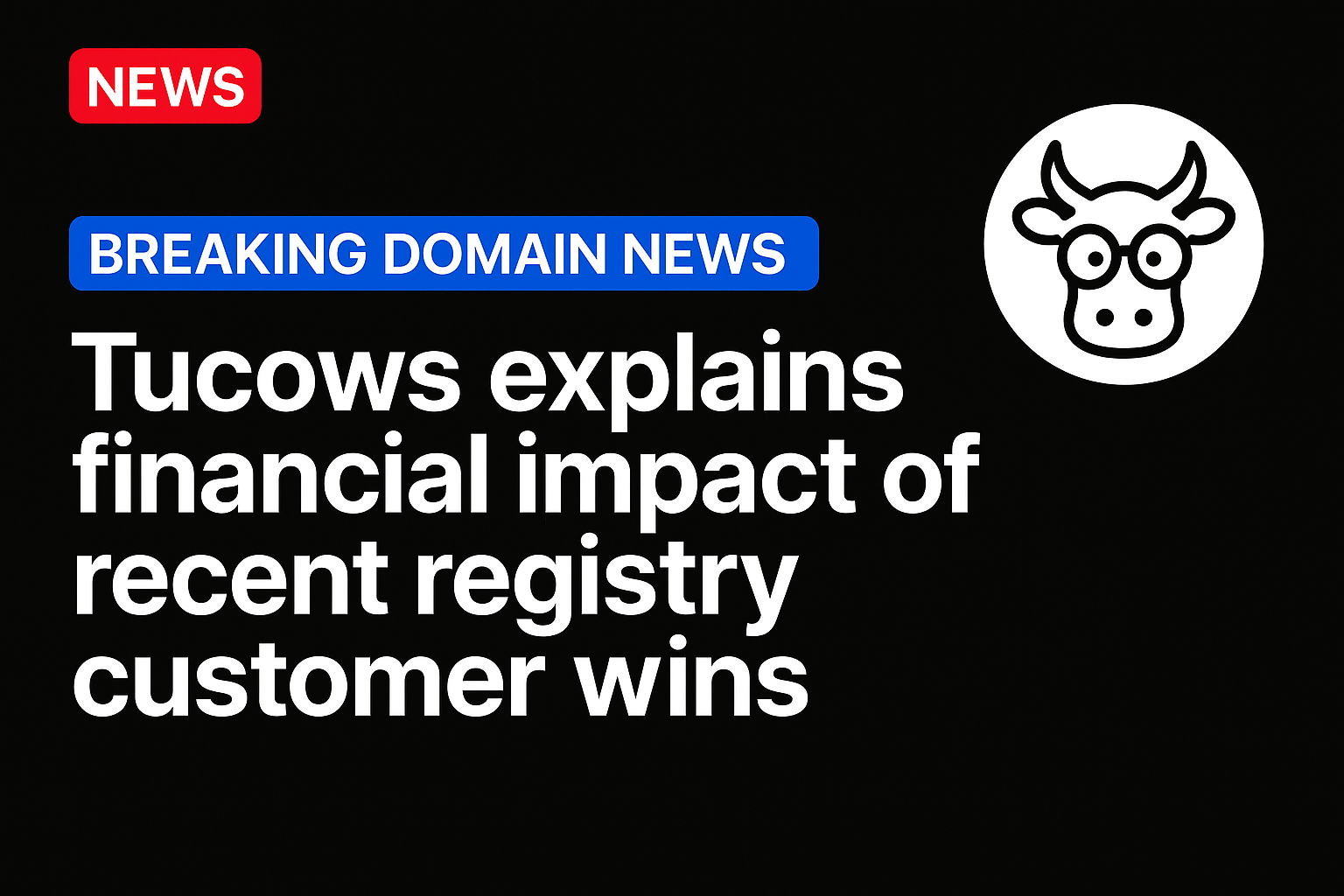
A World Intellectual Property Organization panelist has admonished an IT services company that “made a farce” of a UDRP proceeding.
Advance 2000, Inc., which uses the domain advance2000.com, filed a cybersquatting claim against advanceD2000.com.
The subject domain is registered and used* by another IT services firm, Advanced 2000. That firm registered the domain in 1996 and has been using it ever since.
While the Complainant was in existence before the Respondent, the Respondent’s long-standing use is evidence that it didn’t register the domain to cybersquat.
Advance 2000, which was internally represented, would have done well to hire outside counsel experienced with UDRP cases. The Complainant submitted two supplemental filings, including a “Closing Statement,” which isn’t a thing in UDRP. Complainants must submit all relevant facts upfront. In this case, the Complainant submitted additional trademarks it previously registered only in a supplemental filing.
But those trademarks (earlier ones which had been canceled) were irrelevant to the ultimate decision in this case, anyway.
In finding reverse domain name hijacking, panelist Robert A. Badgley wrote (PDF):
In general, a UDRP panel is more likely to make an RDNH finding where a complainant is represented by counsel, but such representation is not required for an RDNH finding when circumstances warrant.
In the instant case, Complainant should have known that it needed to do more to make out its case when it learned that Respondent had owned the Domain Name for more than 28 years.
In addition, after receiving the Response in which Respondent laid out evidence of its use of the Domain Name for many years, Complainant inexplicably submitted an unsolicited supplemental filing to the Center.
With no attempt at an explanation, Complainant added to its list of trademark registrations (which stood at one in the Complaint and Amended Complaint) three more alleged (now cancelled) trademarks, all of which predate the one Complainant put into the record initially. This potentially crucial information should have been included in the initial Complaint.
Moreover, two days later, Complainant submitted a “Closing Statement” in which it threw open the arguments well beyond the remit of the UDRP. As noted above, in the face of a Response articulating a good-faith use of the disputed domain name for 28 years, rather than withdrawing the Complaint or seeking to settle the case, Complainant has now dragged federal trademark statutes, the federal copyright statute (along with a conditional yet unproven factual scenario under which this statute might come into play in some forum), and a New York civil rights statute.
At this point, in the Panel’s view, Complainant has made a farce of this proceeding. It is granted that the UDRP is not universally known and understood in the legal and business world, but if one decides to launch a UDRP complaint, one should take a modicum of trouble to understand its basic tenets and its elements and limitations, or else hire someone familiar with the UDRP to get it done.
Source: https://domainnamewire.com/




